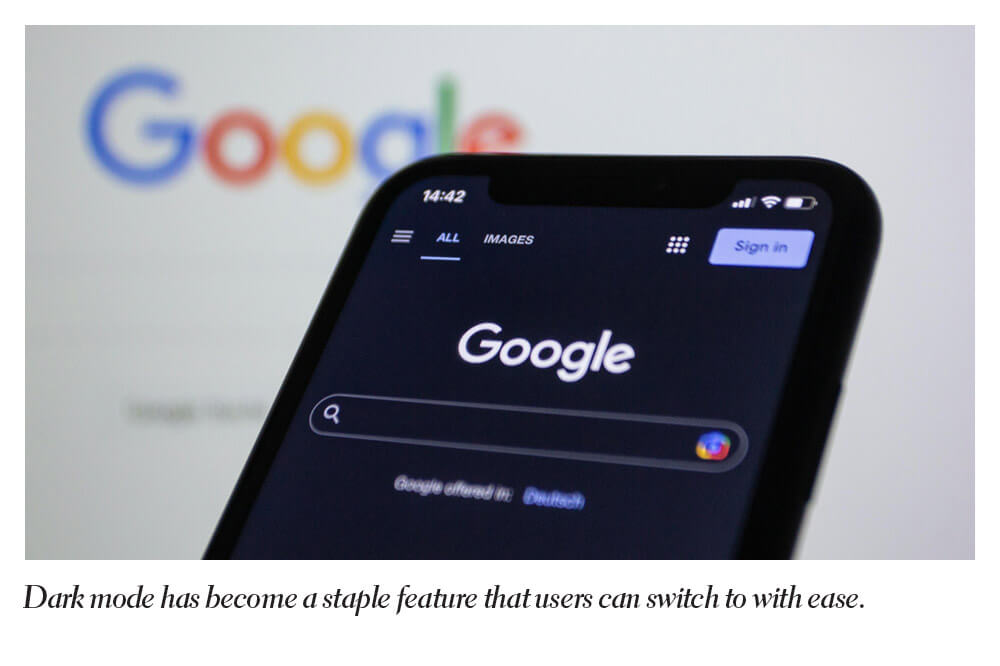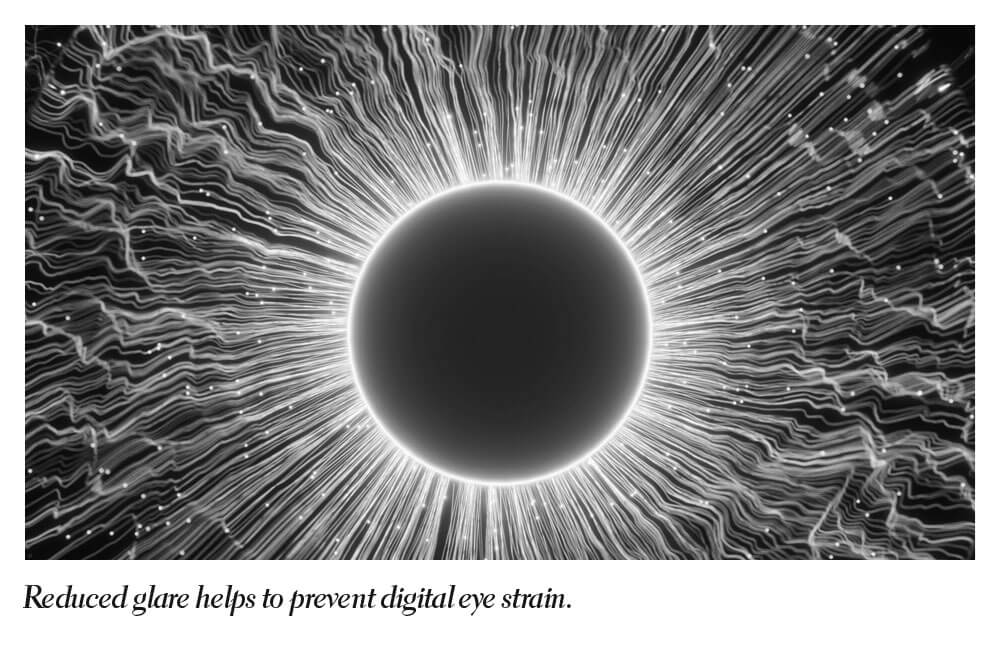
Dark mode has rapidly gained popularity in website design over the past few years. Once just a preference for late-night coders and tech enthusiasts, dark mode has now found its way into mainstream websites and mobile apps. From tech giants like Apple and Google to social media platforms such as X, formerly Twitter, and Instagram, dark mode has become a staple feature that users can switch to with ease. But what’s driving this shift? And why are so many websites opting to implement dark mode as part of their user interface? In this post, we explore the aesthetic appeal, functional advantages, and how businesses can seamlessly incorporate dark mode into their website design.

The Growing Popularity of Dark Mode
The trend towards dark mode isn't just a passing trend. It's rooted in user demand and supported by growing evidence that suggests dark interfaces are better for users' overall experience, particularly in low-light environments. With more people spending increasing amounts of time online, whether on social media, reading, or shopping, dark mode offers a visually appealing alternative that enhances comfort during prolonged use.
Tech companies have long recognised the benefits of offering dark mode options. As more apps and platforms adopted this feature, consumers began to expect it in other digital spaces, including websites. Whether it’s a sleek black background with vibrant elements or a more muted grey palette, dark mode has become synonymous with modern web design.
Aesthetic Appeal; Sleek, Modern, and On-Trend
One of the primary reasons businesses are opting for dark mode is its aesthetic appeal. Dark backgrounds make text, buttons, and images stand out, giving websites a more dynamic and sophisticated appearance. Bold colours pop against darker backgrounds, allowing designers to create visually striking elements that captivate users’ attention.
Dark mode also contributes to a website's overall mood. It conveys a sense of elegance and modernity, especially when paired with minimalist design principles. For websites that focus on art, fashion, or tech, dark mode can reinforce brand identity by providing a more premium look and feel.
In addition to looking sleek and trendy, dark mode is versatile. It works seamlessly with a range of colour schemes, meaning that designers can experiment with everything from bright neon highlights to softer pastel tones, creating a striking contrast that engages the user’s visual senses.
Reducing Eye Strain; The Functional Advantage
Beyond its aesthetic appeal, dark mode offers clear functional benefits for users. One of the most significant advantages is its ability to reduce eye strain. Bright screens with white backgrounds can cause discomfort, especially in low-light settings, such as in the evening or during late-night browsing sessions.
When using dark mode, the reduced glare helps to prevent digital eye strain, a common issue for users who spend hours staring at screens. The darker interface puts less pressure on the eyes by limiting the amount of blue light emitted, which is known to disrupt sleep patterns and contribute to fatigue. This makes dark mode particularly valuable for users browsing at night or in environments with limited lighting.
Dark mode can also help improve readability by providing a high contrast between text and background, especially for users with visual impairments. By offering dark mode as an option, businesses can make their websites more accessible, ensuring a better experience for all visitors.
If you are looking for more effective ways to enhance your website visitors’ experiences when exploring your page, then rest assured the professionals at Design4U Online have the expertise and knowledge needed to do exactly that. Simply visit our website or contact us directly by phone on 0345 066 1717, by email at info@design4uonline.uk or via our project enquiry form to find out more about our website design services and how we can help you transform your business’s website.


